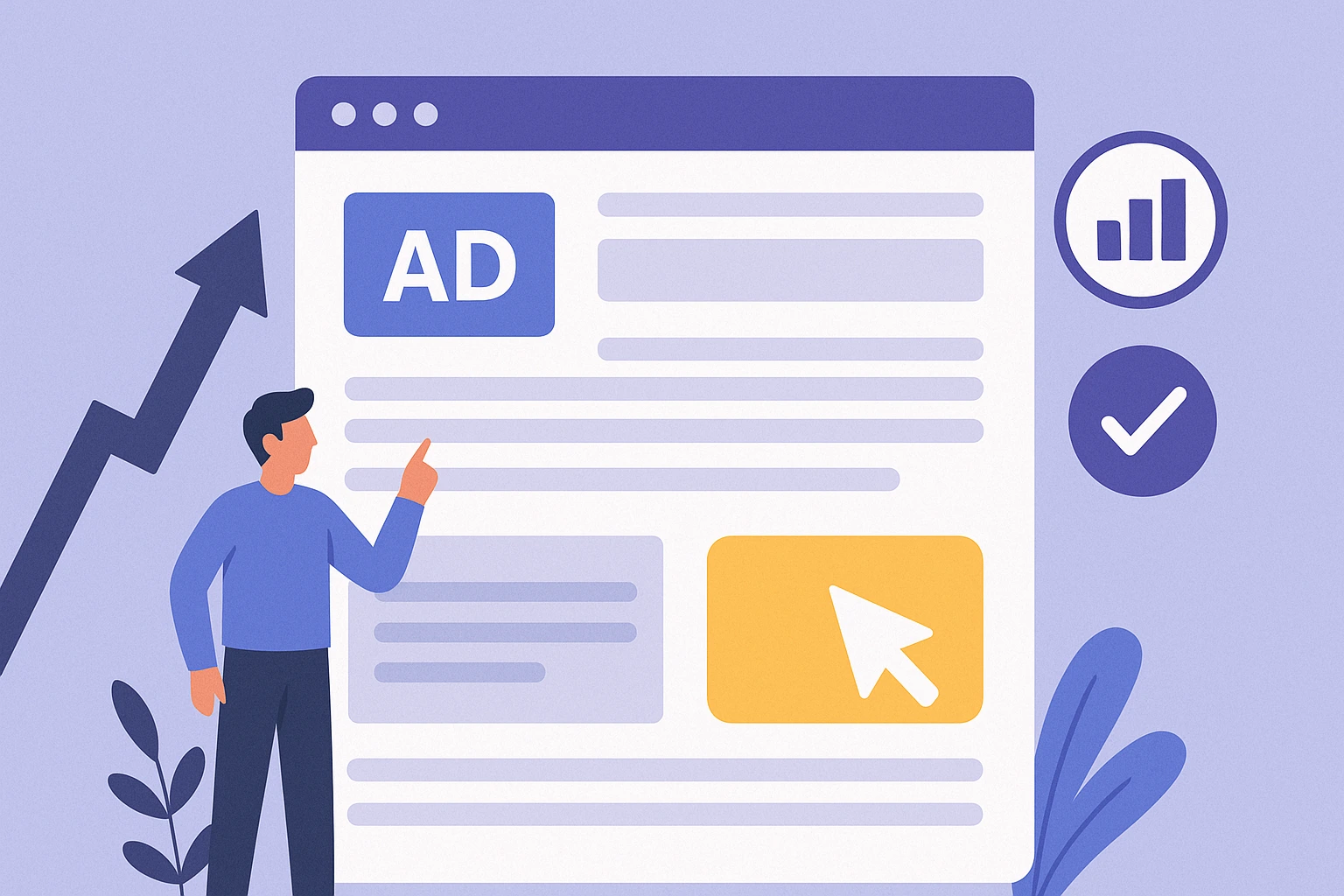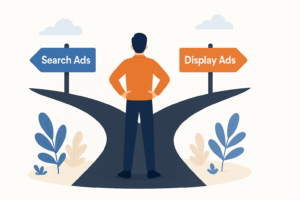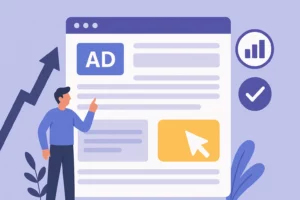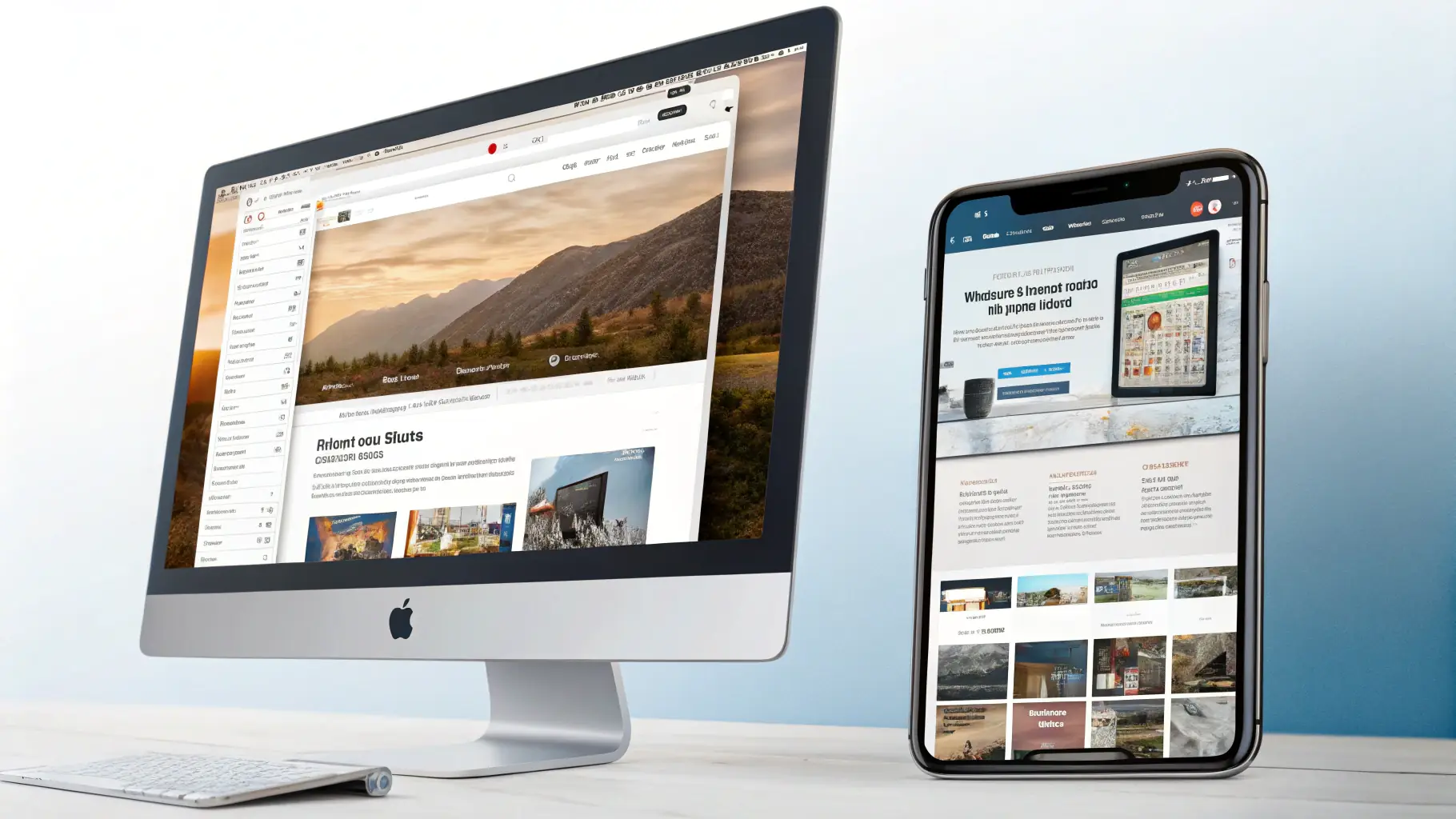In Google Ads, great campaigns don’t end at the click — they begin.
If you’re pouring budget into high-performing ads but your conversion rates aren’t keeping up, chances are the real issue lies beyond the ad… and squarely on your landing page.
In this guide, we’ll dive into the critical steps advanced marketers must take to connect the dots between great ads and great landing pages, and turn more of that expensive traffic into revenue.
1. Match Message and Intent Perfectly
One of the most common killers of conversion rates? Message mismatch.
Your landing page must seamlessly continue the conversation your ad started.
✅ How to do it right:
-
Use the same headline concept or value proposition from your ad in the page header.
-
Echo the ad’s offer, benefits, and tone immediately above the fold.
-
Mirror the audience’s search intent: problem-solving? Shopping? Research? Align accordingly.
Tip: Check your top keywords’ search intent manually in Google. Tailor your landing pages to match — not guess — what users really want.
2. Prioritize Speed and Mobile-First Experience
It doesn’t matter how brilliant your design is — if your page loads slowly, you’re losing conversions.
✅ How to do it right:
-
Achieve sub-2 second load times on both desktop and mobile.
-
Compress images, minimize scripts, and use lightweight page builders.
-
Test pages on mobile devices first. Prioritize thumb-friendly design and large CTAs.
Pro Insight: Use Google’s PageSpeed Insights and Lighthouse reports religiously — not just once.
3. Ruthlessly Simplify the Page
Your landing page should do one thing: drive the conversion.
Too much text, too many options, or unclear next steps all dilute intent.
✅ How to do it right:
-
One CTA per page. No leaks, no distractions.
-
Minimize navigation — or better yet, remove it.
-
Make the offer and next step obvious without scrolling.
Framework: Think in “conversion blocks” — each section should move the visitor closer to action.
4. Use Conversion-Centric Design
Design is not just about beauty — it’s about behavior.
Smart design directs attention, builds trust, and removes friction.
✅ How to do it right:
-
Use directional cues (arrows, images looking toward CTA buttons).
-
Leverage whitespace to focus attention where it matters.
-
Showcase credibility (reviews, certifications, media logos) near the CTA.
Advanced Move: Use heatmaps (like Hotjar) to analyze real user behavior and refine layouts scientifically.
5. Optimize Forms for Frictionless Submissions
Your form isn’t just collecting leads — it’s either inviting or repelling them.
✅ How to do it right:
-
Ask only for absolutely necessary fields.
-
Use smart defaults (like auto-selecting country codes).
-
Display trust badges and explain what happens after submission.
Test It: Try form-abandonment tracking — find out where users drop off and fix the friction.
6. Embrace A/B Testing (But Be Strategic)
Many advanced marketers know they should A/B test but waste time testing things that don’t move the needle.
✅ How to do it right:
-
Prioritize high-impact elements: headlines, offers, CTA wording, and form length.
-
Only test one major variable at a time.
-
Let tests run long enough to reach statistical significance (use calculators like Evan Miller’s).
Smart Strategy: Test big swings first (“radical redesigns”) before fine-tuning minor tweaks.
7. Leverage Psychological Drivers
Sometimes it’s not about what you say — it’s about how people feel.
Advanced landing pages tap into deep psychological triggers.
✅ How to do it right:
-
Urgency: Limited-time offers, countdowns.
-
Social Proof: Testimonials, user counts (“Join 10,000+ happy customers”).
-
Reciprocity: Offer something free first (guide, demo, trial).
Pro Tip: Use loss aversion (“Don’t miss out”) more than gain framing (“Get this now”) — it converts better.
Final Thoughts
If you want higher conversion rates from your Google Ads, don’t just obsess over CTRs or CPCs — obsess over your landing page experience.
Remember: the ad wins the click, but the landing page wins the customer.
By mastering message match, speed, simplicity, smart design, optimized forms, strategic testing, and psychological triggers, you’ll close the gap — and turn your Google Ads campaigns into conversion machines.




